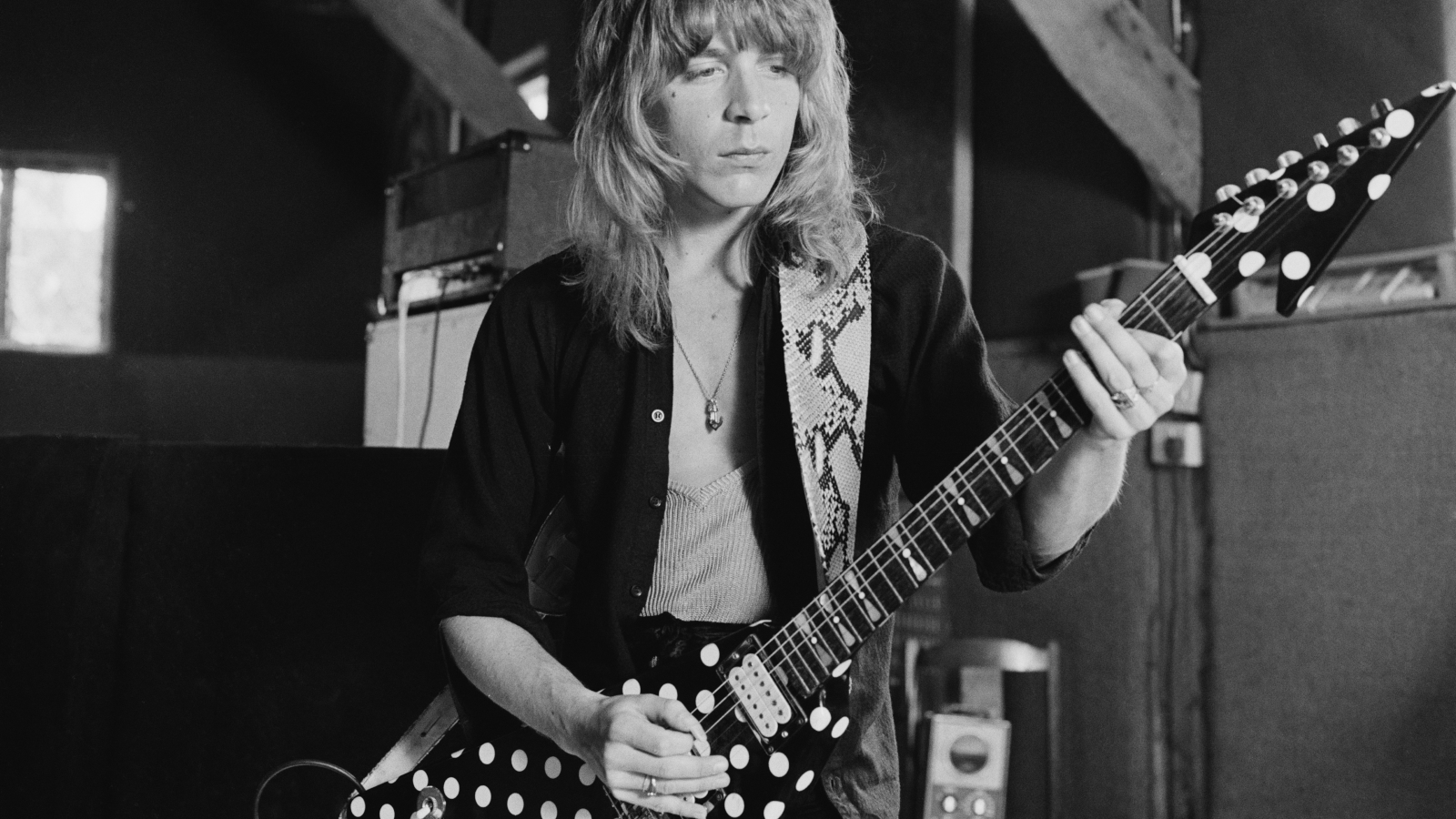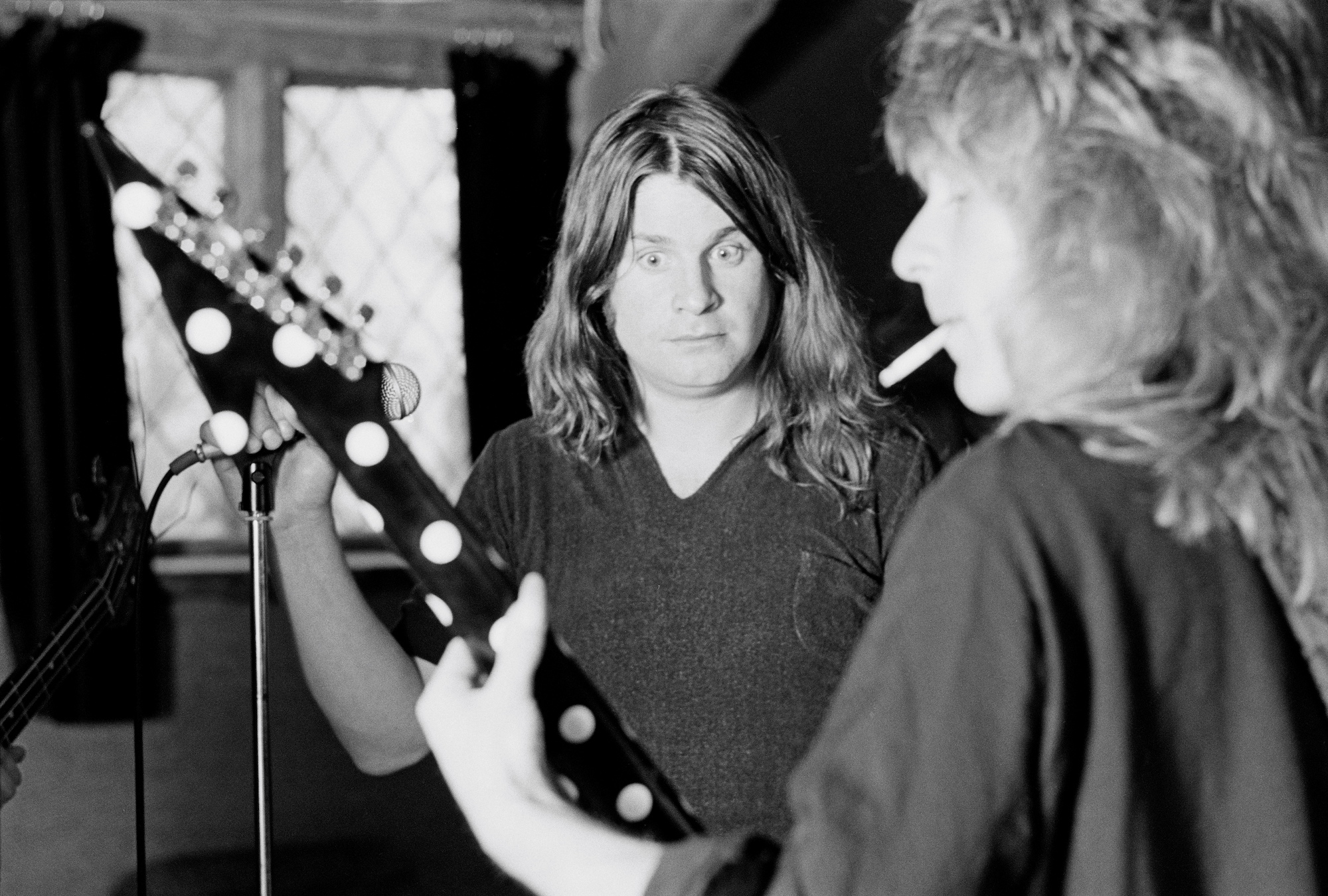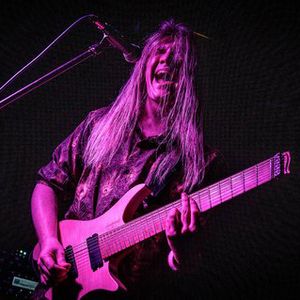"He said, 'He's unknown, he's young, nobody's heard of him.' But I had a premonition people would ask what it was like to play with him." Bob Daisley on how Randy Rhoads got the gig that made him a guitar hero
With one rehearsal, the guitarist shattered fears that he was too young and inexperienced to be Ozzy's guitar star

In 1979, Ozzy Osbourne and bassist Bob Daisley were a pair of out-of-work musicians. Daisley had lost his gig with Rainbow, while Osbourne had been unceremoniously sacked from the very band he'd helped raise to heavy metal's heights: Black Sabbath.
Together, Osbourne and Daisley would find arguably greater success with their next venture, and it was in great part thanks to the talents of one musician: a young hot-shot electric guitar player from across the pond in the U.S. named Randy Rhoads. With Rhoads onboard as Ozzy's guitarist and songwriting partner, the Prince of Darkness got his solo career off to a perfect start.
But as Daisley reveals in a new tell-all interview that tracks his career, Ozzy's label, Jet Records, was initially uncertain about the young player, whom Osbourne had met in Los Angeles in September 1979 during auditions for his band's guitar slot.
By then, Daisley had already joined Osbourne's fledgling band. But they immediately had a setback when Daisley told Ozzy he thought the other musicians, including the guitarist, weren't "world-class." Osbourne agreed and let them go.
“It was just me and Ozzy to start the band,” Daisley says. “Ozzy told me about this young guitar player in L.A. who was a teacher and worked at a music school. I sort of envisioned an older bloke with slippers, a cardigan and glasses, but Ozzy said, ‘No, his name is Randy Rhoads.’ I said, ‘Okay, well, let’s get him over.’"
But their plan soon met with pushback. The head of Jet Records, David Arden — the son of label owner (and Ozzy's eventual father-in-law) Don Arden — was unconvinced a young player like Randy could cut it.
"He didn't want to fly Randy over," Daisley says. "He said, 'He's unknown, he's young, nobody's heard of him.'" But Arden must have recognized the desperate need to get the group off the ground, because he soon had a change of heart and agreed to bring Rhoads to England.
All the latest guitar news, interviews, lessons, reviews, deals and more, direct to your inbox!
Soon after the guitarist arrived, they all took a train up to Osbourne's home in Stratford to play together for the first time.
Recalls Daisley, “I remember that after we finished — after maybe 20 minutes or half an hour — Randy and I looked at each other at the same time and more or less said the same thing: ‘I like the way you play.' I knew right away that this would work and that this was good."

As for Arden, he needed no further convincing. From that day forward, Rhoads was in.
Daisley says he knew almost immediately that Randy was destined for good things. Speaking on the Johnny Beane YouTube channel in August, the bassist recalls what happened the day after that first session with the guitarist.
“The next day, Randy and I were stood at Stafford train station and I had a premonition of, 'One day, people will ask me what it was like to play with Randy Rhoads,'” he said. “I remember it like it was yesterday.”
Rhoads' life was taken far too early after only two albums, which makes Daisley's premonition all the more poignant.
Osbourne certainly recognized the guitarist's contribution to his career. When he was inducted into the Rock & Roll Hall of Fame for the second time, on behalf of his solo career, he said: “If I hadn't met Randy Rhoads, I wouldn't be sat here right now.”
A freelance writer with a penchant for music that gets weird, Phil is a regular contributor to Prog, Guitar World, and Total Guitar magazines and is especially keen on shining a light on unknown artists. Outside of the journalism realm, you can find him writing angular riffs in progressive metal band, Prognosis, in which he slings an 8-string Strandberg Boden Original, churning that low string through a variety of tunings. He's also a published author and is currently penning his debut novel which chucks fantasy, mythology and humanity into a great big melting pot.

